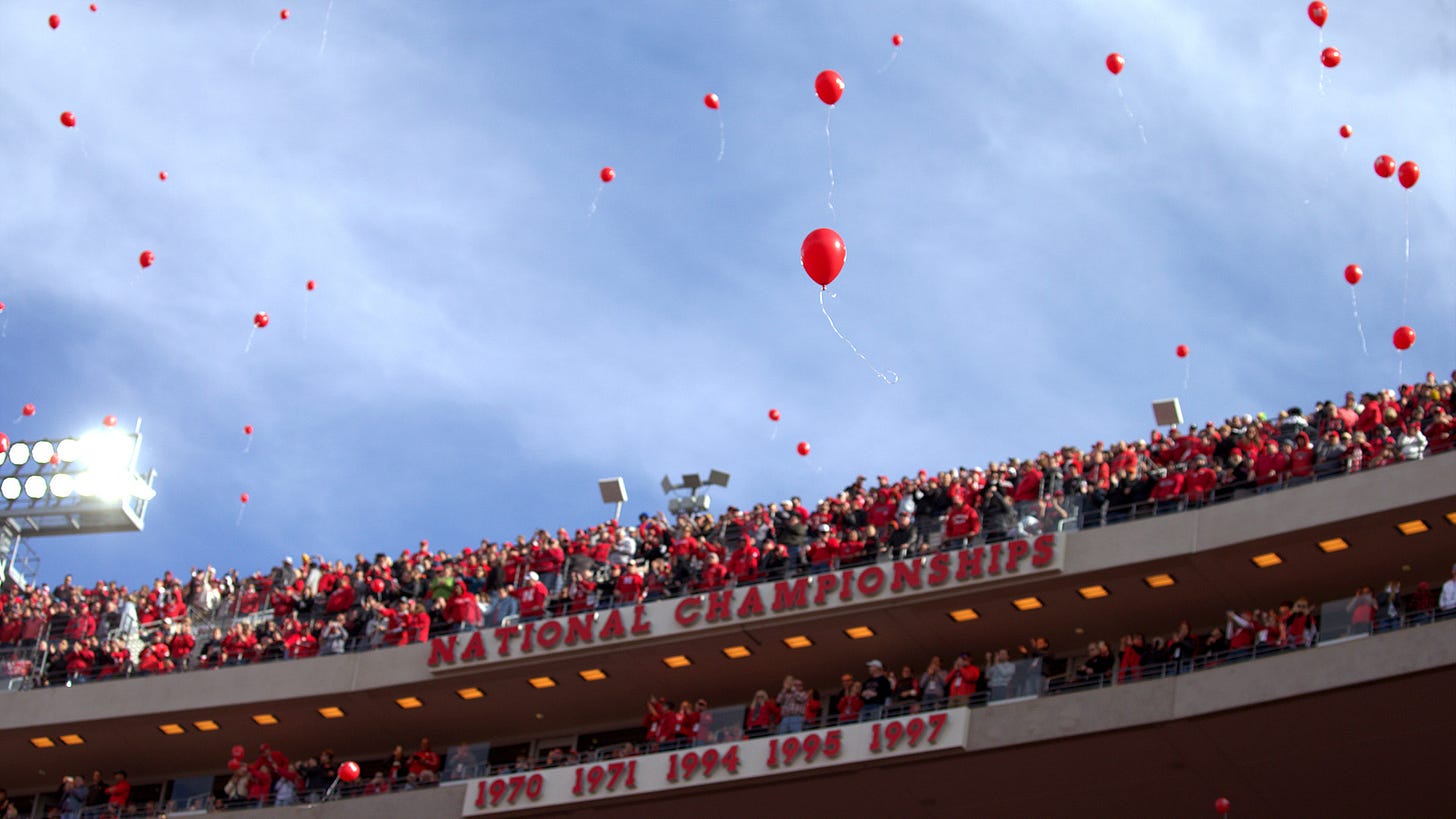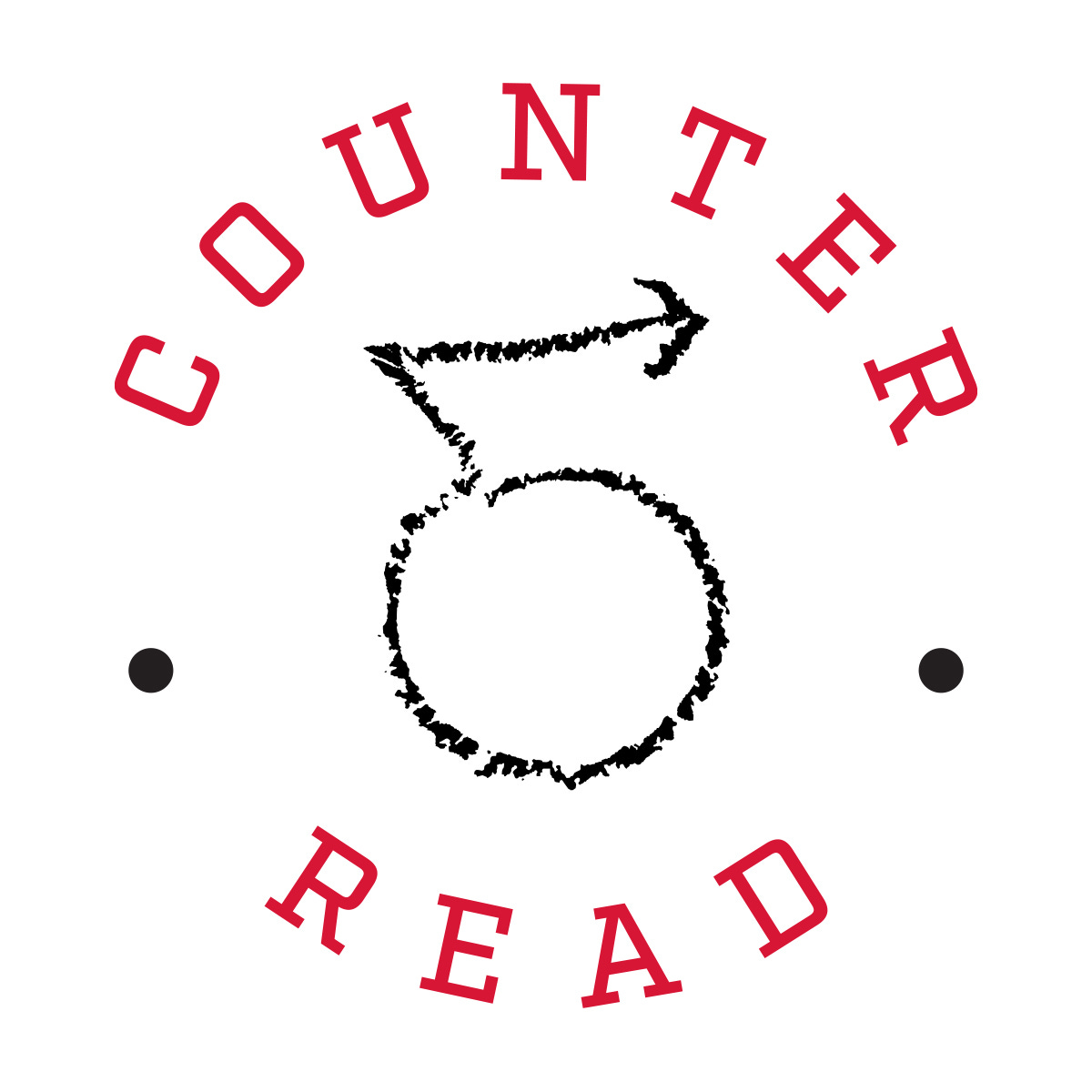An incomplete history of Phil Steele and Nebraska
My archive goes back to 2006, but that's enough to have learned some things about one of college football's most popular previews.
It’s July and Phil Steele is bullish on the Huskers again. It’s one of my favorite college football traditions in the month where the season is really close—teams start practicing before the month’s out and it’s media days season—but feels the furthest away because not much is actually happening.
To put it another way, this is when coaches go on vacation.
But if you’re a Nebraska fan you can usually count on Steele—proprietor of “The Most Accurate Magazine Over The Last 30 Years”—you can usually count on the self-proclaimed preview king to offer up some good vibes. This year, his magazine projects Nebraska in a four-way tie for fifth in the Big Ten with Illinois, Indiana and USC.1 The Huskers also landed at No. 8 on Steele’s 17-team list of “Surprise Teams” for 2025.
I was a bit disappointed Nebraska didn’t land on this year’s 12-team “Most Improved” list. If it had, it would’ve marked four straight seasons on that list.
Entering 2022, NU showed up at No. 4 most improved and did improve its win total by one game despite firing the head coach three games into the year. Entering 2023, Nebraska was No. 15 most-improved and again improved by one win, which vaulted NU to No. 2 most-improved entering 2024 where the Huskers again raised their regular-season total by one (two if you count the bowl win).
The great/silly thing about Steele’s methods—and it really depends on the day which way I’m feeling about them—is that all of those seasons count as improvement, and I guess technically they are. But you watched all or most of those games. I’m guessing there were more weeks where you felt like you weren’t seeing improvement no matter what the final record might say.
This is sort of the mad genius of Steele’s magazine. If your favorite team doesn’t land on the “Surprise Teams” or “Most Improved” lists, there are still at least two others that Steele touts as potentially predictive. A team can end up on the “Close Wins/Close Losses” list, one based on the idea that teams that won or lost a bunch of close games are likely to have their luck level out. They can also land on the “Turnovers = Turnaround” list, a similar idea based on regression to the mean that can mean good or bad things for a team.
Nebraska, as you already know, has seemed to make it its primary mission to enforce the Law of Large Numbers of late and show that a terrible record in one-score games can be expected to even out, statistically, but nothing says it will happen right now. Same with massive turnover deficits.
My personal archive of Steele previews goes back to 2006, and I’ve tried, with no luck, to source the first 11 years because I definitely need more old magazines and heavy paper to worry about next time I move.2 But because I am proud and ashamed to have 20 of these magazines floating around my office, I thought the least I could do is provide highlights from the last 20 years of Phil Steele’s views on Nebraska, a program that has defied logical explanation for most of that stretch.
I thought about doing this in tiny, abbreviation-saturated blocks of text to honor the source material, but instead I’ll just use bullet points:
From 2006–13, Steele picks Nebraska first (six times) or second (twice) in its division. From 2006–10, that’s the Big 12 North and the Big Ten Legends Division after that. The Huskers’ next, and last, pick to win the division from Steele comes in 2019.
Close Wins/Close Losses: The Huskers have appeared on this list seven times since 2013. They were in the “Going Down” category in 2013 and 2014, Bo Pelini’s final two seasons, and finished 9-4 both years. Since then, Nebraska has been “Going Up” based on the previous year’s one-score game luck five times. The Huskers actually improved their win total in each of those year, most notably going from six wins in 2015 to nine in 2016. The other four times (2019, 2022, 2023, and 2024) they improved by one win.
Turnovers = Turnaround: Nebraska has landed on this list seven times since 2006 and it’s never been projected to get worse based on an unsustainably positive turnover margin because, well, that never seems to happen. The Huskers were on the improvement-expected side of the ledger in 2008, 2009, 2013, 2014, 2016, 2021 and 2024. They actually improved or had the same win total in six of those years, but we’re still waiting for the massive, turnover-fueled jump as most of those improvements were, again, of the one-win variety.
Surprise Teams: Nebraska on the list again, marking eight times since 2006. How’d the first seven go? You could argue the Huskers approached that definition in 2006 and and 2016, but didn’t fit the bill in 2011, 2012, 3013, 2015 or 2019. Steele really expected NU to take a step forward in the final years of the Pelini era while transitioning to the Big Ten.
Most Improved: Mark down seven appearances for Nebraska here, too, highlighted by the Huskers being No. 1 in 2019 and No. 2 in 2024. Both wins came with one-win improvements in the regular season.
All told, Nebraska has appeared in one of the four predictive sections I decided to catalog—though there are more, more on that in a bit—29 times since 2006 and 27 of those appearances were implying improvement. I’ve you’ve been following Nebraska intently that long, I’ll leave it to you decide how often you actually felt like you’d just witnessed a serious step forward.
By my accounting, there are three are only three seasons that deserve serious consideration: 2006, 20163 and probably 2024 as notable improvements.
I do still love this magazine enough to buy it each year and write however many words we’re into this—about 1,000, without footnotes—about it, but the longer I sit with this publication the more I come to realize how much the playbook here is just a wall of information and, in some cases, selective accounting. The former rightly built Steele’s publication. He was going deeper than most were willing to, though that advantage began to dwindle the moment self-publishing became easily accessible. Now it’s to the point of ubiquity, meaning it’s exponentially harder to be more detailed than everyone else on a sport as big as college football.
What about more accurate? That’s the part that tends to bother me more of late. The cover of Steele’s 2025 preview touts that it’s the most accurate4 of the past 30 years, and the methodology for determining that is a conference-prediction scoring system available at Stassen.com. Couple of problems with that. That system only picks up in 2001, six years short of 30.
OK. Maybe Steele and staff did their own leg work and tallied the first six years of their existence on their own. Certainly possible.
But that’s not what the magazine shows because I know not all of these publications and predictors haven’t existed since 1995. I use data from McIllece Sports all the time. It wasn’t around in 1995, how does it have a prediction score from that season?
I know the accuracy claim here actually can’t be verified—despite a standard scoring system—because the accuracy timeframe often shifts.
Here’s an example: Let’s say you wanted to look up the 30-year performance of a stock. You’d probably look at the entire span first then maybe dial down to the last 13 years and the last 6 because those are common intervals that just come naturally to people.
Wait, no? Because those are the other two spans that also appear in the magazine. I’d never select them myself, but in these pages they help prove the publication’s “most accurate” point. If you want to know the most accurate preseason prognosticators of the past 5 or 10 years—intervals I would naturally select—Stassen has those.
As someone with firsthand knowledge of how hard it can be to make a living selling things printed on paper, I don’t really begrudge Steele’s occasional sleight of hand here. Do what you gotta do, man, to keep doing what you want to do.
But the numbers part of me has a hard time taking things as seriously as I once did for the same reason. Steele generally projects improvement for NU in 2025 despite, by his own accounting, five of the Huskers’ nine position groups ranking below-average in the Big Ten. Seems hard, but thanks to having too many of these magazines (while still looking to acquire more) I’ve realized that transparency and consistency may only be important to obsessives like me.
Make enough projections and everyone gets to hear something they like. Inevitably, some of them will be right.
Iowa falls one spot beyond the Huskers, which means ninth given the ties. If you’re into that sort of thing.
What would I do with 30 issues of Phil Steele’s College Football Preview? Well…to quote Vacation for the first of two times in the footnotes today…“I cherish these things. I use them a lot.” But that’s actually true. I use them to write things like this that nobody asked for. Don’t make it weirder than I’ve already made it.
In many ways, 2016 was the perfect Steele Nebraska season. I don’t think the Huskers were actually any better from 2015, but their close losses turned into wins and their turnover margin improved to about even, resulting in four more regular-season wins, which is effectively what Steele is asserting with those two lists. And those improvements proved to be temporary, built on sand, but, to Steele’s credit, that was the only season since 2006 NU had a positive check in all four categories.
Right on the cover, and this section gets a two-page spread in the magazine. I always think, “Moose out front shoulda told ya,” upon reaching this section.





Interesting and makes you become a little jaded. I guess good for at least some off season entertainmentt. Have you checked out Pick Six Previews by Brett Ciancia? If so wondering what you think.
I'm curious if Phil would also consider his publication to be the least inaccurate of the last 30 years.